Journal of Civil Engineering and Environmental Sciences
Utility of the Ancient Indian Science of Vaastu in Modern Architecture
Utpal Kumar Nandy1, Shravani Nandy2 and Antara Nandy3*
2Director, B U Builders & Consultants Pvt. Ltd, ‘NILANJAN’, D1/114, Sector-IV, Vinay Nagar, Gwalior (M.P) 474012, India
3International Graduate Student, Department of Interior Architecture & Design, Academy of Art University (AAU), San Francisco, USA
Cite this as
Nandy UK, Nandy S, Nandy A (2017) Utility of the Ancient Indian Science of Vaastu in Modern Architecture. J Civil Eng Environ Sci 3(1): 008-012. DOI: 10.17352/2455-488X.000014Building construction industry that deals with the basic requirement of shelter is amongst the most vital of all other sectors. Human beings have seen rapid growth and development ever since the onset of civilization. The science of building construction too has touched great unimaginable heights. Attractive designs and textures adorn our dwellings making us feeling proud and happy. At the same time, it is noteworthy that several other elements such as heavenly bodies, nature and supernatural forces all exert their influence on us. The only prudent way out is to strike a chord of harmony with these forces so as to ensure a pleasant living. Vaastu Shastra is that Indian ancient science that provides guidelines to design and maintain a harmonious living condition in the buildings. It therefore becomes imperative to understand and assimilate the Vaastu ideas into modern architecture.
Architecture is the art and science of designing spaces. It is aimed at creating comfortable and congenial living conditions for the users. Vaastu Shastra studies help the architect to take a more holistic picture into account. With the help of the case studies, the research article is intended to understand and emphasize the role of Vaastu Shastra and its practical applications.
Introduction
The origin of Vaastu Shastra is found in the Sthapatya Veda which is a subdivision of the Atharva Veda. Indian culture lays immense emphasis on spirituality and obtaining divine blessings [1-3]. It is believed to be of great value for the well-being, health and happiness of the people. However, in the modern times the role of our ancient wisdom of designing is not prioritized [4].
Architecture, when focused completely only on the comfort creation taking the site, bye-laws and client’s requirements as well as fancies as standards for consideration somewhere adopts a narrow picture. The fact that heavenly bodies are constantly exerting their magnetic and gravitational forces on us is a proven reality. Furthermore, earth itself possesses a magnetic aura of its own (Figure 1). It is thus quite logical to argue that these magnetic forces will have their impact on our mind and therefore on our lives [1].
Vaastu Shastra is that science of building design and planning that deals with the study and practice of the inter-relationship of the forces of nature, heavenly bodies and supernatural elements in the cosmos [5-7]. Man is regarded as a cosmic being who must survive in harmony with the other cosmic elements [4].
Many sages such as Rishi Kashyap, Agastya, Maya and others have studied and given their thoughts on Vaastu Shastra.
There are five basic elements of nature including Vayu (Air), Jal (Water), Prithvi (Earth), Tejas (fire) and Ambar (sky). Air, water and fire or light are the three natural forces that have a direct impact on our living. House is a place where these three forces are existent and flowing. In order to breathe life into a building it is necessary to maintain a smooth and harmonious flow of these natural forces. And in the absence of a synchrony, the lives of the occupants can get out of balance [2].
Historical Background
According to the Indian scriptures, there once existed a demon known as Andhakasura. Due to his evil deeds Lord Shiva, who is regarded as the greatest of all Gods (Devon ke Dev Mahadeva) exterminated the demon. During the event, drops of sweat from the forehead of Lord Shiva fell down on earth. As these drops touched the surface of earth, a creature with a dangerous face was formed. Right after his formation he drank the blood of Andhakasura. But still he could not satiate his thirst. He then started strict meditation of Lord Shiva. After years of meditation, Lord Shiva got pleased by him and asked him to ask for a wish. The creature asked Lord Shiva to grant him the ability to be able to swallow all three regions (Heaven, Earth and Hell) of the universe. After obtaining the blessings he started to block the three regions and fell down on the earth. At this, the Gods got scared and turned him into a statue then and there itself. The creature was facing downwards. It is believed that the Gods permanently started residing on the respective organs where the Gods were touching him. It is due to the reason that every God resided in him that the name Vaastu Purusha was given to the creature [3].
Vaastu purusha, when pleased showers his blessings on the occupants of a house
There are a total of eighteen scholars and teachers of Vaastu Shastra. They are Lord Shiva, Lord Vasudeva, Lord Brahma, Indra, Narada, Nandishwar, Brigu, Atri, Vashishta, Vishwakarma, Maya, Nagrajit, Kumar, Shownak, Garg, Anirudha, Venus and Jupiter [3].
When a house is constructed and resided over, the laws of Vaastu Shastra begin to govern the house. Notable is the fact that these laws are applicable only on the houses built of bricks, stone etc. These rules do not apply on wires and such buildings made up of materials that allow the flow of air, optics, electricity etc [3].
Sense of direction in vaastu shastra
Directions and orientations have great prominence in Vaastu. There are 6 directions and each of these covers 35 degrees of area (Figure 1). These directions are dictated by sunrise and sunset or Uttarayan and Dakshinayan [1].
In the eastern side, it is suitable to construct main entrance, well, water-fountain, verandah, store-house, garden, basement. This side must be kept at a lower level. The central segment, Brahmsthan is best kept vacant or lightly occupied. Care must be taken to ensure that no stale or dirty things are placed in this part of the house [8].
In the south-east corner of the house, agneyakona it is advisable to plan the kitchen. Adjacent to this corner activities connected to cooking can be planned. This side must be kept at a higher level.
At the southern side of the building, master bedroom can be placed along with the bathroom placed at the south-west. This side must be kept at a higher level.
Study room can be given at the south-west side. To the western end, dining room, well, staircase and gardens are appropriate. This side must be kept at a higher level.
At the north-west side, food storage, animal home, toilet, water-fountain can be provided. This side must be kept at a higher level. To the northern side, main gate, verandah, staircase, well, water pump, water storage, property storage, garden, temple, store, chest can be provided. This side must be kept at a lower level. At the north-eastern end, medicine store can be planned. Further, temple, well, water storage, water pump, storage and gardens can be placed. This side must be kept at a lower level [1].
Test to determine suitability of land
Such a kind of land which bears rich growth of tress, herbs and grass and shows good harvest is considered auspicious. However, the land which is covered with rats, insects, uneven contours and thorny bushes is not advisable for possession. Land covered with rat’s cause’s destruction of finances. Land covered with ants is believed to cause harm to the resident’s son. Finding bones in the land is inauspicious and is considered to destroy peace. Uneven land surface increases enemies. Land which has plenty of holes causes devastation. Likewise, foul smells, distorted and cracked ground surfaces are negative and not advised. Moreover, the land that may have served as a religious place should not use for building. Finding sea shells buried under the ground is auspicious [6].
To test land, dig out sand from a square hole and refill the hole. If some amount of sand is left out, then the land is of greatest quality. If the amount of sand used to refill the hole completely fills it without leaving an excess, then the land is normal in nature. On the contrary if the amount of sand used to refill the hole falls short, then the land is inauspicious. It can become a reason behind loss of joy, luck and property [8].
Vaastu architectural specifications
Bricks, steel, stone, mud and wood must be freshly prepared for building construction. Stone masonry is advised for building temples, palaces and monasteries only but is forbidden for residential usage. However, stones can be used for wall cladding in the exteriors.
It is always preferred to lay the foundation of a building early in the morning between 5:30 to 7am.
The land to be used for building construction must be square or rectangular in plan, curves are not advised. Triangular, polyhedral or circular land shapes must be avoided. Five or more corners can prove to be dangerous. It must have water within reach. The length of the northeast to southwest corner must always be longer than the other one. The land should be free of deep roots of trees underneath. Either east or north side of the land must face the street. Roads spanning along all three sides of the house except the west-side is considered auspicious from the point of view of Vaastu [8].
Extension of planes in the south, southwest southeast and northwest directions are considered auspicious. It is inauspicious if taken place along the eastern or northeastern direction [1].
Pooja room
The place of worship or Pooja Ghar needs to face the north-eastern direction. The idol, photographs of Gods and Goddesses and the things used for worshipping must be placed in the west or north direction. In the case of multi-floored houses, Pooja Room shall be put in the ground floor [8].
Kitchen
The person in charge of cooking must face the east direction. The utensils and stove if placed in the south-east direction will bring in best health for the occupants.
The next alternative is the west direction. As a general rule, adequate air, light and a pleasant atmosphere must be created ensuring sufficient ventilation [8].
Bedroom
For planning bedrooms, west or south direction is the best choice. However, in the case of children it is advisable to face the east direction while sleeping. Elder can keep towards the west or south direction. The north direction must be avoided in all cases for facing while sleeping. North-west direction is also unadvisable [8].
Bathroom
East facing bathrooms are a good choice. It is so because in such a situation they receive adequate daylight and ventilation which is a necessary requirement especially for toilets. North-eastern direction is also suitable especially if the bathroom is planned outside the main building.
Boilers, water heater or the traditional forms of fire-wood boilers must be put in the agneya kon (direction of fire) i.e. south-east [8].
Staircase
The climber of the staircase must start facing the main entrance of the building. Also, staircase needs to be provided away from a beam and the Pooja Room. The staircase should not be centrally located which is the Brahmsthana. It can be provided at a corner [8], (Table 1).
Case Studies
The total plot area of the Modern Home-1 is 2116 sq. ft. or 45 ft. by 46 ft. (Length x Breadth). It faces towards the east direction. It comprises of 3 bedrooms and 1 bathroom (Figures 2,3).
The main entrance of the residence is towards the east i.e. it is an east-facing residence (Figures 4-6). Hence, the direction of main entrance is suitable. Also, providing bathrooms at the south side is workable. Further, two bedrooms and the master bedroom are provided in the south side. This is appropriate for adults and hence suitable from the point of view of vaastu. The central portion of Brahmasthana is kept vacant which is again a positive aspect of the design. The design of the residence scores high in terms of the Vaastu rules. It will bring in good results for the occupants.
The Traditional Residence covers an area of 900 sq. ft. or 30 ft. by 30 ft. (Length x Breadth). It faces towards the south direction. It includes two bedrooms and two bathrooms (Figures 7,8).
The plan followed by the residential design is a square shape which is in accordance with the Vaastu norms (Figures 9,10). The main entrance faces the south direction which is not an advisable step. South side is considered inauspicious for main entrance (Figure 8). The master bedroom is provided at the north-west and the kitchen is provided at the south-west direction.
According to the Vaastu guidelines, both north and north-west direction is unadvisable for planning bedrooms. The other two bedrooms have been provided at the south-east and north-east respectively. For children facing east direction while sleeping is advised, hence it is workable. As it can be inferred from Figure 6, the placement of the beds in these bedrooms is such that children face towards the east direction while sleeping. Hence, it is auspicious. For placing kitchen, south-west direction is harmless. Placement of bathrooms towards the east direction is a good decision.
Most of the planning decisions are against the Vaastu norms. Hence the residential design needs major improvements in order to generate healthy conditions.
- E Hartmann.
- Atharva Veda.
- Sthapatya Veda.
- GK Hiraskar (1991) The Great Ages of World Architecture. Dhanpat Rai. Link: https://goo.gl/vjRfOw
- Marinic Gregory (2010) BUBBLE UP: ALTERNATIVE APPROACHES TO RESEARCH IN THE ACADEMIC ARCHITECTURE STUDIO. Link: https://goo.gl/Frznia
- RJ Biondo, CB Schroeder (2003) Introduction to Landscaping: Design, Construction and Maintenance, 3rd ed. Illinois Interstate Publishers. Link: https://goo.gl/hzAMBZ
- Utpal Kumar Nandy, Nandy Antara (2016) Role of Vedic Vaastu Architecture & Case Studies, 1st ed. Gwalior: Lulu. Link: https://goo.gl/8jwpAE
- Utpal Kumar Nandy, Antara Nandy (2016) the Art & Science of Vaastu Shastra, 1st ed. Gwalior: Lulu.
Article Alerts
Subscribe to our articles alerts and stay tuned.
 This work is licensed under a Creative Commons Attribution 4.0 International License.
This work is licensed under a Creative Commons Attribution 4.0 International License.
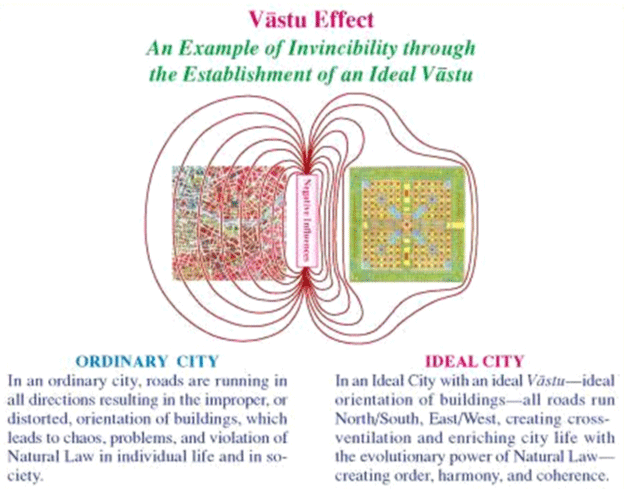
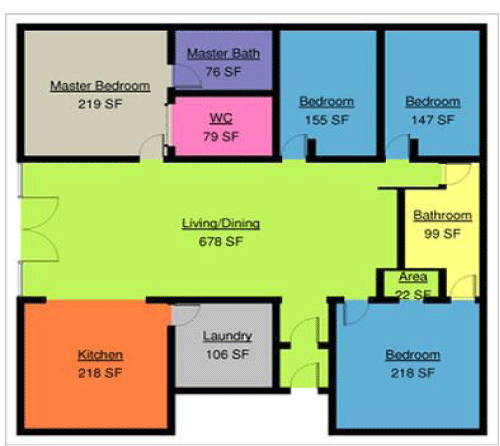
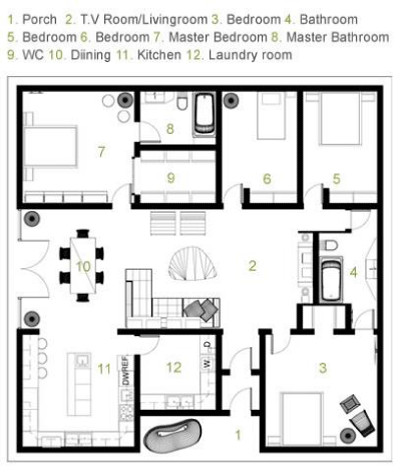
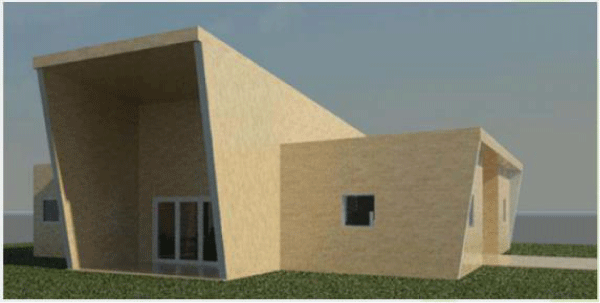
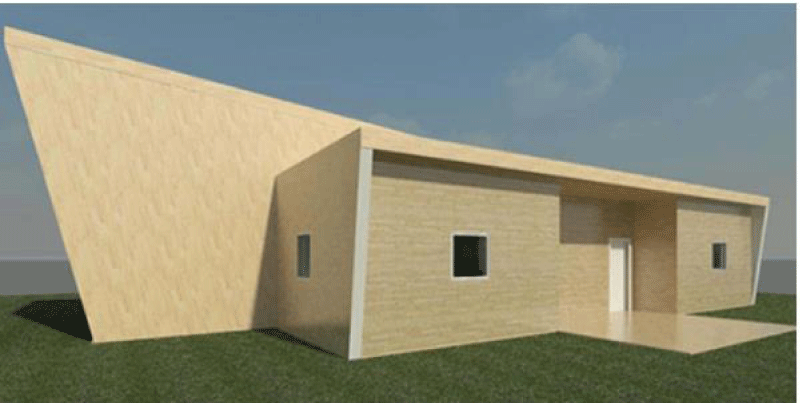
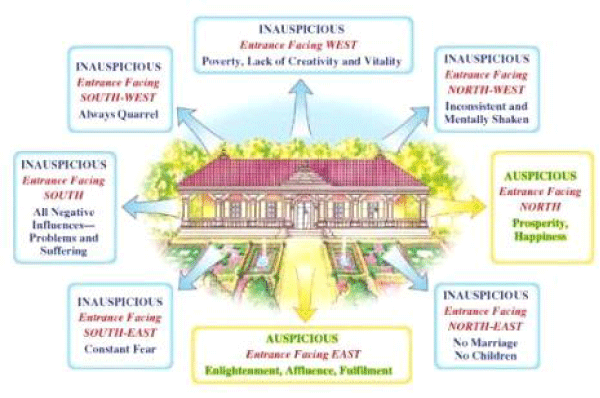
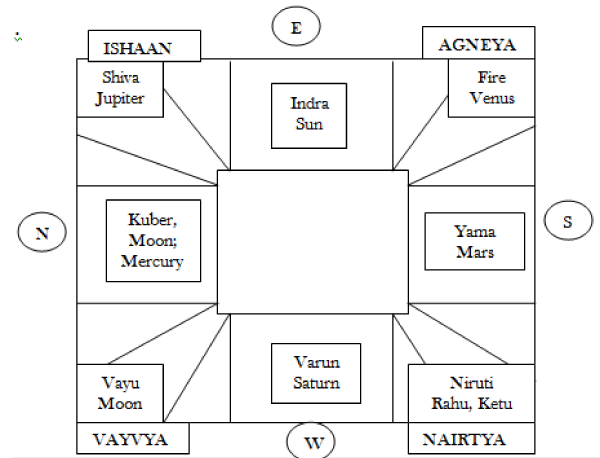
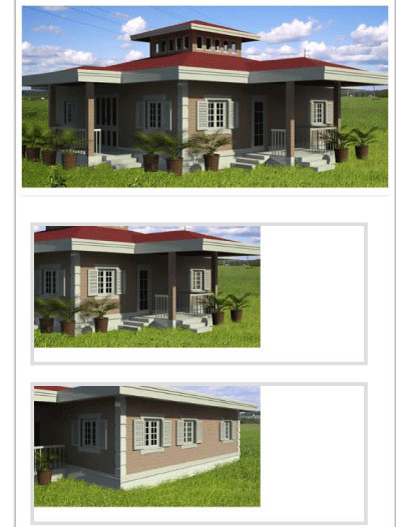
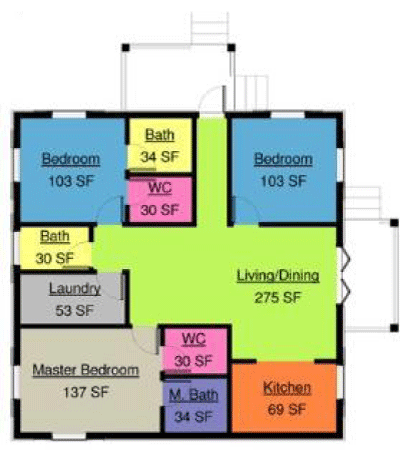
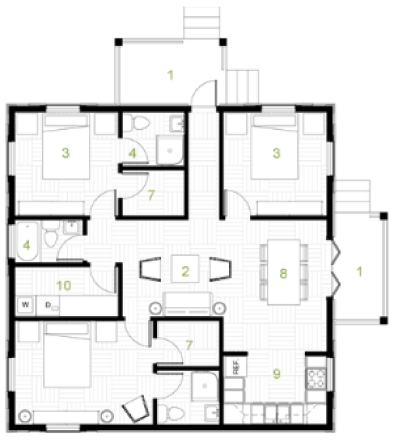

 Save to Mendeley
Save to Mendeley
